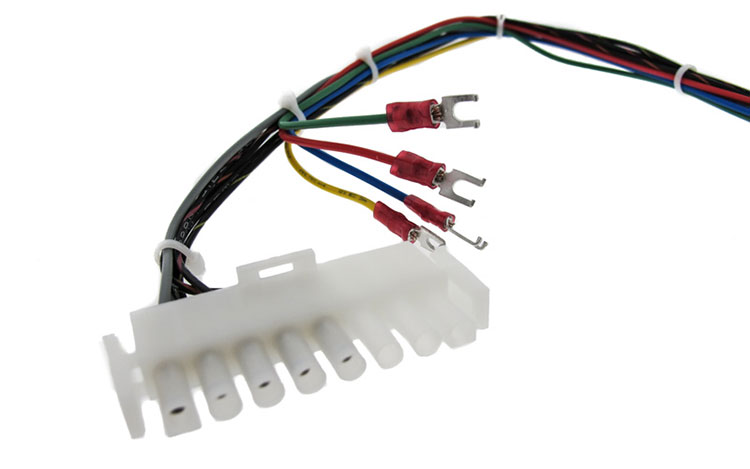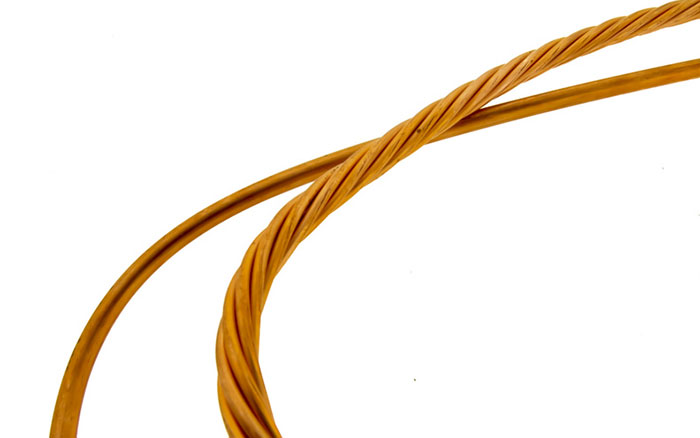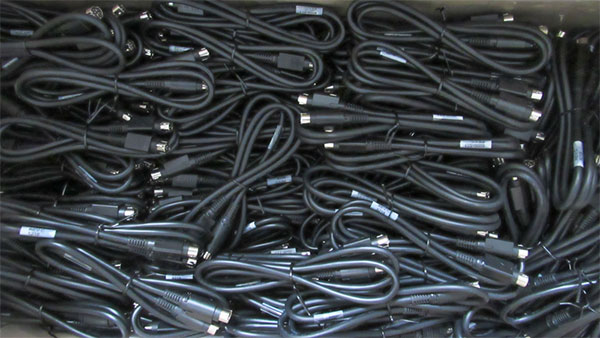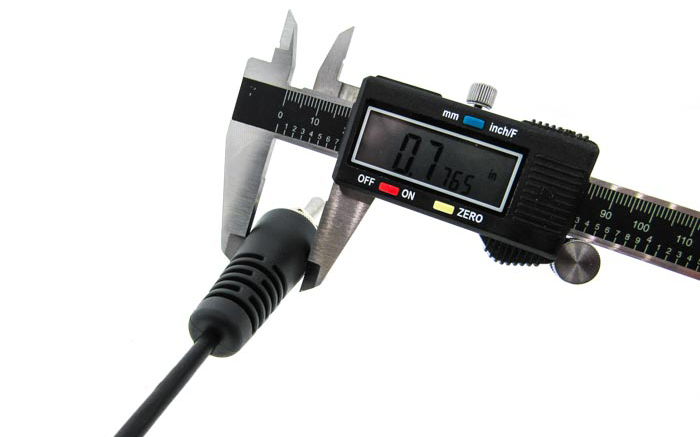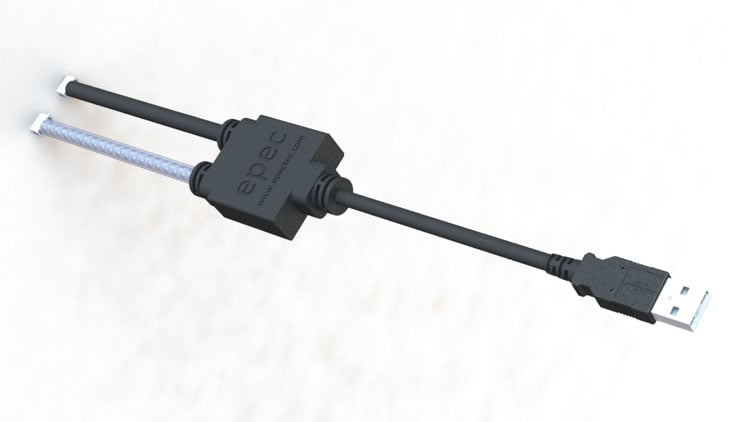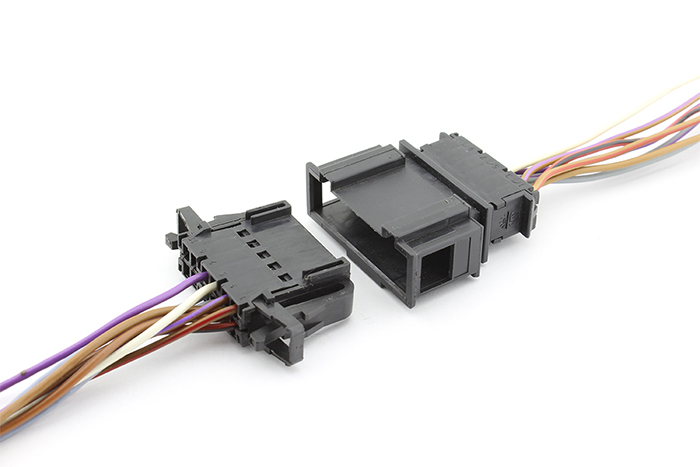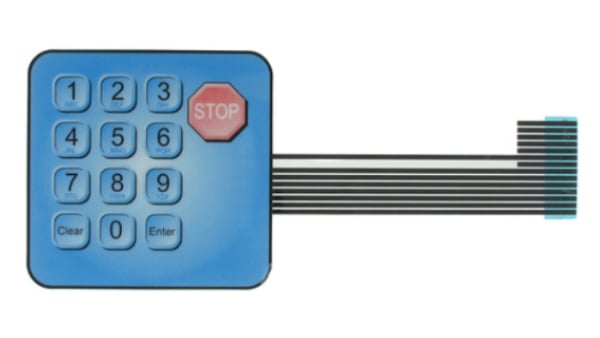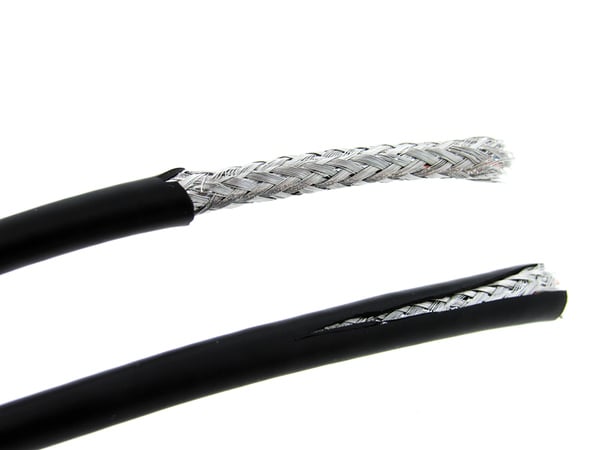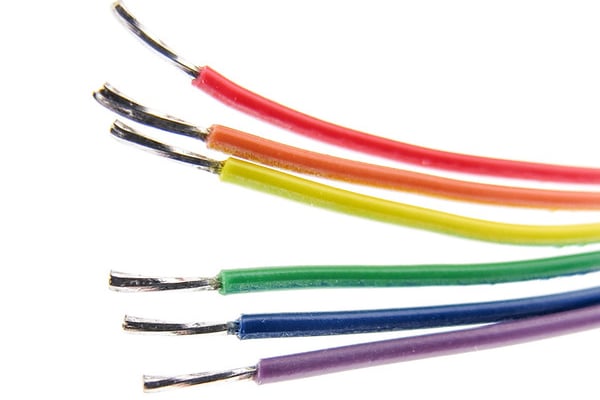There are several considerations a purchasing manager must review before selecting a cable assembly supplier. As corporations move toward a matrix organization structure, buyers can be unfamiliar with the various programmatic details required to make critical sourcing decisions fast.
Steven J Goodman

Recent Posts
Cable assembly conductors may seem like a complicated topic, but many of the properties that govern these cables are quite straightforward. Making sense of the differences between stranded conductors and solid conductors, and even the various conductor plating specifications that are at play, is easy. You just need to keep a few key things in mind. Even a general understanding of the wire flexibility requirements, current draw, and the operating environment will help guide you toward the best bulk cable design options that exist.
There are countless details that must be explored before moving into high-volume production for custom cable assemblies. And, if manufacturing is expected to occur offshore, there are even more considerations aside from the 12-hour time change, geographical distance, and language barrier.
Scientists and engineers are sticklers about the units for any measurement, and rightfully so. The technique of using units' cancellation remains one of the fundamental concepts taught in all higher education STEM courses. Whether the course is chemistry, physics, thermodynamics, or even aerodynamics, the criticality of units is ever-present throughout lecture, calculations, and lab studies.
Overmolded cables are used in countless applications across almost every industry. The reasons to use an overmolded cable design are numerous, but the primary reason is to protect the electrical contacts while offering strain relief.
In simple terms, cable assemblies are comprised of two primary elements: the conductor and the connector. Rightfully so, the conductor’s sole purpose is to pass current at a given voltage, while the connectors job is to affix the cable assembly securely to a mating interconnect.
Keypads that utilize dome switches, silicone elastomer keys, or tactile switches rely on actuation force as a critical feature to define how much load is required to close the normally open switch. In this context, force is a vector acting normally to the keypad surface and is usually defined in grams (g) or pound force (lbf).
We're all aware of the far-ranging uses and necessity for cables within electronics. With their widespread use and cables' inherent sensitivity to electromagnetic energy, the shielding methodology of a cable can be even more important than the conductor and jacket specifications.
While it's true that The Institute of Electrical and Electronics Engineers (IEEE) has long issued a series of recommended standards for electrical and electronics design, those standards do not actually specify wiring color purposes in the way that a lot of people think they do. This is surprising given that those standards do contain extensive discussion on wiring and power cables.
If you were to ask 5 separate people to explain the definition of keypad, likely you would receive 5 completely different answers that all center around the same basic concept. According to Wikipedia a keypad is a set of buttons arranged in a block or "pad" which bear digits, symbols or alphabetical letters (source https://en.wikipedia.org/wiki/Keypad). While this definition is correct, when communicating to a potential user interface supplier the term keypad requires further elaboration.


